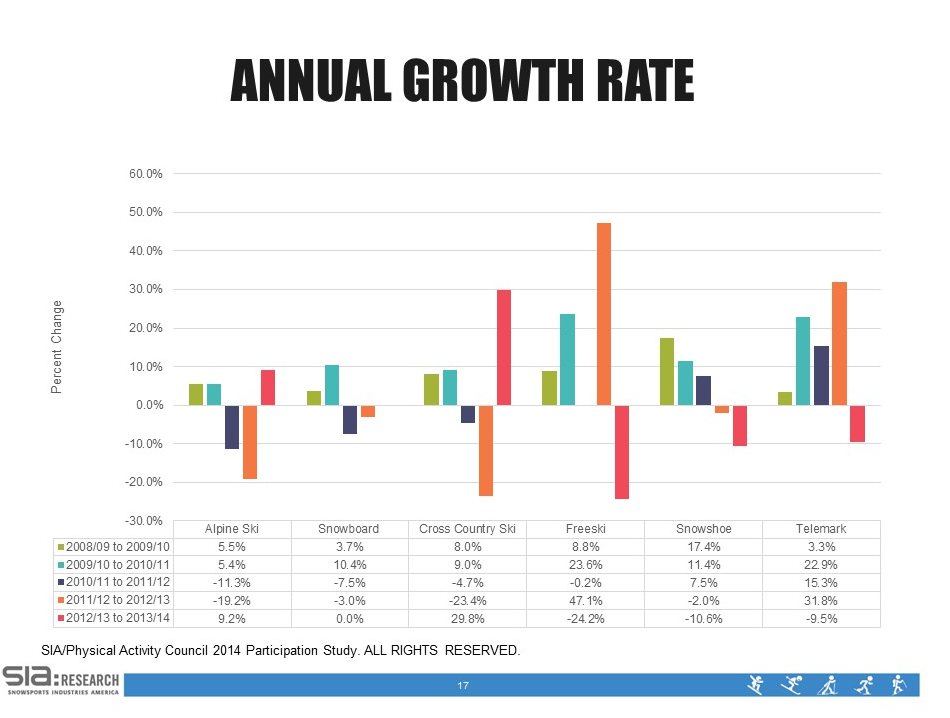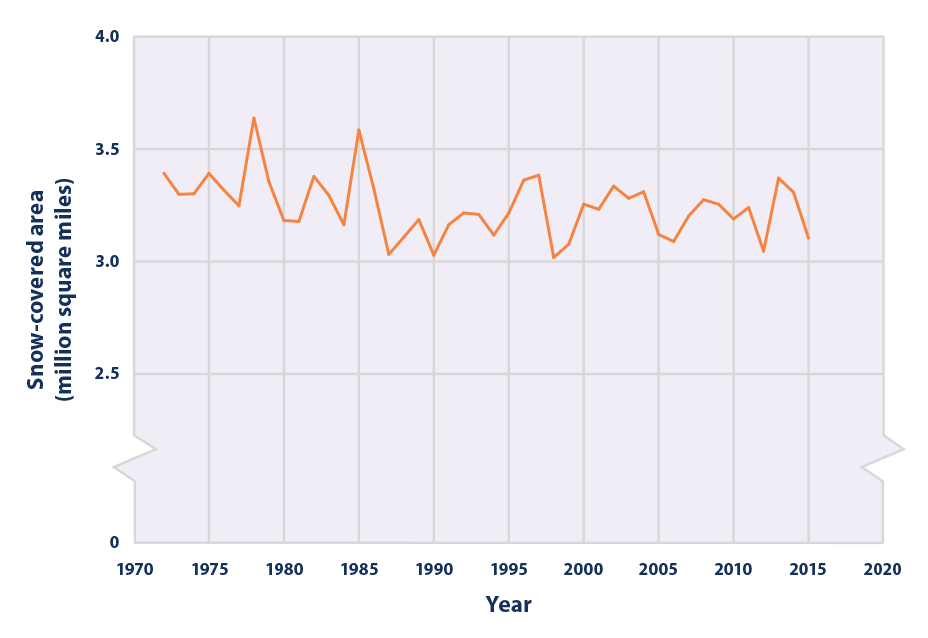
By Charles Bausman
Last year, over 53 million people headed to the mountains to enjoy the powder. As a result, the ski industry sold $4.7 billion of outdoor products, including skis, boots, bindings, and apparel. The sport enjoys an exceptionally loyal and passionate user base, willing to pay the premiums associated with resort fees, equipment, travel, and lodging expenses.
Despite these numbers, several major ski brands are being put up for sale or possible liquidation. Newell Brands, which owns a plethora of companies across multiple industries (outside of outdoor sport retail), announced last week it is selling the well-known ski brand, K2.
Based out of Seattle, WA, K2 has been a ski industry leader since the 1960’s and developed the fiberglass ski technology, now widely utilized by manufacturers. Newell brands is also offloading several other ski brands under their umbrella, ski brands Volkl and Line, binding and clothing brand Marker, avalanche safety brand BCA, and ski boot brand Full Tilt.
Newell recently merged with Jardin Brands, which purchased K2 in 2007. Shortly after the merger, Newell’s CEO announced the company would divest of approximately 10% of its brand which were “underperforming.” As of October 10th, Newell has backtracked on on their original statements, stating that “Newell will keep both companies, if no suitable buyer is found.” Despite this, the ski manufacturing industry does face significant challenges now, and in the near future.
Rentals, Manufacturing, and Ski Disciplines
The greatest issue facing ski manufacturing industry, according to Eric-Jan Kaak, CEO of Tecnica Group, which owns Blizzard, is the advent of the “sharing community.” With the plethora of ski brands and models, consumers are far more likely to rent skis, or simply lend them to a friend. The implications have been significant, as ski sales have dropped from 10 million annual in the 1990’s, to 3.2 million today.
Skier’s want to experience the vast variety of styles, and one pair of skis does not allow them to do so. Despite minimal change in the amount of skiers and resort visits, the sharing community has led to a dramatic fall in sales for new ski’s.
The number of specialized ski’s specific to certain styles continues to complicate the issue.
There are easily 9+ individual types of skiing, ranging from down hill to telemark skiing. Within these, skiers can break down into further niches, requiring different equipment setups, and can vary further dependent on the kind of snow on the ground. Within each ski niche, a variety of ski sizes are available to meet the desires/sizes of the customer.
From a manufacturing and retail perspective, this presents challenges in determining the quantity of orders and forecasting which styles will be most popular in a given season.
When major ski companies attempt to increase market size by manufacturing across the spectrum of skiing disciplines, they inherently run the risk of surplus stock (as high as 25% according to Blizzard’s CEO), which must be “eaten” by the company, annually.
The graph below provides a snapshot of how often these styles can change in popularity, challenging those forecasting in manufacturing.

A brief look at two popular online retailers (Backcountry.com and Evo.com) of ski equipment demonstrates how many individual companies are vying for pieces of the ski-sale pie.
Want new Alpine Touring skis for the backcountry? You have 21 different brands to chose from. Note this is brands, not individual ski models.
All-Mountain skis? Forty-nine brands are available.
Rentals and ski styles generate issues which force ski companies to increase their flexibility in manufacturing, and heavily invest in forecasting for distribution and sales. These companies must become increasingly nimble as they navigate the constantly evolving customer base.
Global Warming = Poor Snowfall
With a warming climate and less annual snowfall, the ski industry faces a significant challenge in forecasting the weather and production. The implications are significant across ski industry according to a study by the National Resources Defense Council, stating that “low snowfall years results in … 15.2 million fewer skier visits, $1.07 billion in lost potential revenue at ski resorts, nearly 13,000 fewer jobs, and $810 million less value added to the U.S. economy.” The Snowsports Industry America (SIA) reports that three-quarters of the variability in winter sport revenue is due to annual changes in climate and snow pack.


With decreasing snowfall and shorter winters, the entire industry faces existential threats if weather trends continue.
Many resorts on the east coast and west coast report decreasing profits and may prove to be economically unviable. At a recent SIA conference, an executive covered the economic viability of resorts nation wide. In his presentation, he stated that approximately 150 resorts were likely to close in the future, and another 150 were barely surviving. While big name resorts in the Rockies continue to report strong revenue, the small resorts with significant snowfall decreases on the east coast and west coast will likely be forced to close.
Solutions do exist for some resorts, such as building higher where snowfall is bountiful, but the industry as a whole may face an evolving environment if resorts near the coasts continue to struggle. The cost of a coast-faring family to travel to the Mountain West for skiing is immense for the middle class, which the ski industry looks to attract to expand their market.
Skiers now enjoy a huge variety of ski equipment styles, brands, and models to choose from. For those who love the sport, it is an easily justified cost to experiencing the mountain. For the industry, the challenges will continue to grow as demand is continuously split between the various styles. Increasing competitions from niche companies, which focus on just one style means that big name companies, may find more of their skis unsold at the end of the season. The warming climate is something which the industry can’t control, and may find challenging to accurately predict. Less snow means less people skiing, and therefore fewer skis are sold. Maybe this is why a conglomerate corporation is putting up a famous brand like K2 for sale.
Questions and comments? Email charles@mtntactical.com
Sources
http://www.nsaa.org/media/186201/ticketpricearticle.pdf
https://www.ibm.com/thought-leadership/wild-ducks-podcast/blizzard/transcript/wild-ducks-supply-chain-q-a.pdf
http://www.snowsports.org/research-surveys/snow-sports-fact-sheet/
http://mentalfloss.com/uk/sport/27782/10-ways-that-skiing-has-quietly-changed-in-recent-years
http://www.cnbc.com/2013/12/08/high-peaks-lofty-prices-as-skiing-prices-out-middle-class.html
http://archive.boston.com/business/news/2012/11/27/climate-change-threat-looms-over-ski-industry/styqir4ylgp0OLwpN68STL/story.html
https://www.nrdc.org/sites/default/files/climate-impacts-winter-tourism-report.pdf
http://www.bizjournals.com/seattle/news/2016/10/05/k2-sports-for-sale-newell-brands.html
https://www.epa.gov/climate-indicators/climate-change-indicators-snow-cover
https://www.snowindustrynews.com/articles/fire-sale-newell-to-sell-off-wintersports-brands-k2-volkl-marker-dal-bello-full-tilt-on-market/
http://ski.curbed.com/2015/1/29/9997450/ski-industry-expert-says-31-of-todays-ski-areas-are-dying
